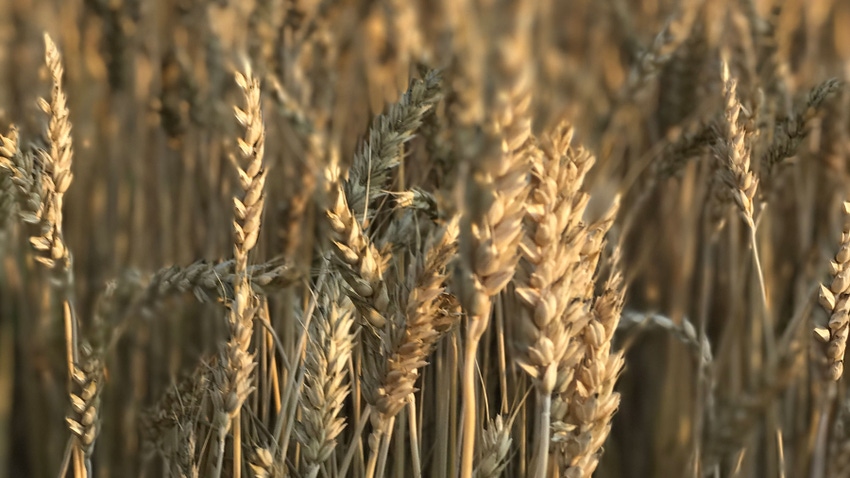January 2, 2024

by Monica Jean
Wheat growers interested in becoming part of the Great Lakes Yield Enhancement Network and hitting their yield potential can now register to join.
Every farm involved in the Great Lakes YEN shares soil, tissue and whole plant analysis for comparison and benchmarking. Growers receive reports specific to their field at the end of the season, allowing them the opportunity to learn more about how their wheat crop develops and produces yield, and how they compare to their peers.
Great Lakes YEN registration for 2024 closes Feb. 2. Growers must be registered and submit the $300 participation fee before the program launches in late February.
“We have a lot of work to get done to get growers their boxes with all the materials needed to take the samples, including pre-addressed and stamped envelopes,” says Jody Pollok-Newsom, executive director of the Michigan Wheat Program, the checkoff program collaborating to bring the Great Lakes YEN to wheat farmers.
“We also need to get first-time participants set up with access to the database, so they can enter their selected YEN field. We need everything ready to go before growers head out into the fields this spring, and it’s anyone’s guess when that will happen.”
Grower-driven
All the organization and work put into the program has been grower-driven since the beginning of YEN in 2012 in the United Kingdom.
“With three years under our belt, we have come a long way and have learned a lot about how wheat grows and produces yield,” says Dennis Pennington, YEN collaborator and Michigan State University Extension wheat specialist.
“The data we collect and report back to participants is proving to provide valuable insights to their farm operation and identify management practices that would improve yields. In 2023, much of the grain fill period was cut short due to below-normal rainfall or even drought conditions across the YEN region. Despite that, we set a new record-high yield in the YEN at 173 bushels per acre.”
As the fourth year of Great Lakes YEN gets underway, it’s already proving to be a program that encourages farmers to try new things and learn from wheat growers across the Great Lakes region.
Every field is different and has different yield potential based on a multitude of factors, such as environment (rainfall, sunlight), soil (water-holding capacity, nutrient level) and management (inputs used and timing). Growers are responsible to enter their data throughout the growing season.
Once harvest is complete, data is compiled and reported back to each participant via a field-specific written report, as well as through regional events. Individual farm data will be specific to each grower and is safeguarded and not reported back to anyone except that grower.
Through the collaboration of agricultural stakeholders in the Great Lakes region in the U.S. and Ontario, the Great Lakes YEN connects farmers, agronomists, academics, Extension specialists, agriculture organizations and more to analyze, measure and understand yield potential versus actual yield of a given field.
This data-heavy program is expensive, and sponsors are welcome to help offset some of the expenses, Pennington says. Companies interested in joining the Great Lakes YEN as sponsors can reach out to the Michigan Wheat Program by emailing Jody Pollok-Newsom at [email protected].
Established in 2021, the Great Lakes YEN was created in partnership with the Michigan Wheat Program; MSU; Grain Farmers of Ontario; the Ontario Ministry of Agriculture, and Food and Rural Affairs; and the University of Guelph to improve crop returns through greater understanding of crop performance and increased collaboration between industry and farmers.
For more information and to register, click here.
Jean writes for Michigan State University Extension.
Source: MSU Extension
Read more about:
ResearchYou May Also Like




